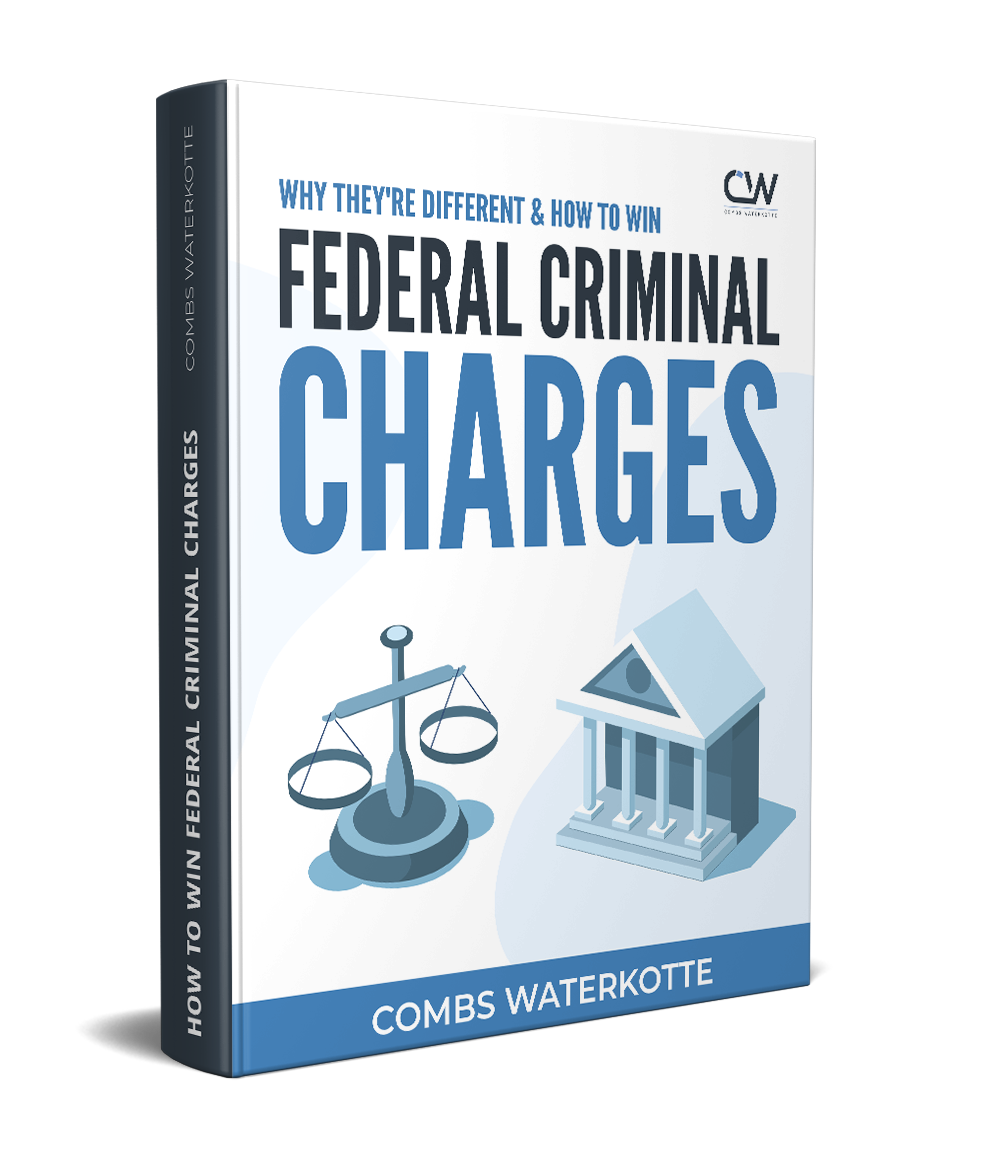Once someone is convicted of a federal crime, either by plea deal or trial, the next phase is sentencing. And in federal court, sentencing is not random. It’s largely dictated by a strict, complex framework known as the Federal Sentencing Guidelines.
These guidelines aren’t just numbers on a chart; they are the framework federal judges use to determine how long you could spend in prison, what fines you might face, and what conditions could be placed on your release. While judges have discretion, they must carefully consider the guidelines before handing down a sentence.
How the Federal Sentencing Guidelines Work
Here are the baseline parts of the guidelines a judge uses to factor a federal sentence:
Part 1: Base Offense Level
Every federal crime is assigned a base offense level—an initial number that corresponds to a starting point for sentencing.
Part 2: Specific Offense Characteristics
The base level can be increased or decreased depending on details of the case. For example, the amount of money involved in a federal fraud case or whether a firearm was used in a federal drug crime can push the level higher.
Part 3: Adjustments
Factors such as your role in the offense (leader vs. minor participant), obstruction of justice, or acceptance of responsibility can move your offense level up or down.
Part 4: Criminal History Category
Your prior criminal record is assigned a category (I to VI), which affects your sentencing range. Someone with no prior record (Category I) will face a lower range than someone with multiple past convictions.
Part 5: Sentencing Table
By combining your final offense level with your criminal history category, the guidelines produce a recommended sentencing range in months.
While these parts might make it seem like your sentence is predetermined, you need a federal criminal defense team on your side to argue for the best possible outcome.
Mandatory Minimums & Statutory Maximums in Federal Sentencing
The guidelines work alongside federal laws that set mandatory minimum sentences for certain crimes, especially drug, firearm, and child exploitation offenses. In these cases, even if the guidelines suggest a lower sentence, the judge must follow the statutory minimum.
Similarly, every offense has a statutory maximum sentence that cannot be exceeded, even if the guideline calculation is higher.
Departures & Variances by Federal Judges
Federal judges can deviate from the guideline range in certain circumstances:
- Departures are adjustments allowed by the guidelines themselves, like cooperation with authorities, a minor role in the offense, or diminished capacity. A judge must provide a written explanation for any departure, detailing the reason(s) for deviating from the guideline range.
- Variances are sentences outside the guideline range based on broader considerations, such as the defendant’s personal history, unusual facts about the case, or other relevant factors under 18 U.S.C. § 3553 (a). Like departures, these require the judge to provide a written explanation for the sentence.
Why the Guidelines Matter for Your Federal Defense
Understanding the guidelines is not just about predicting a possible sentence, it’s about shaping your federal criminal defense lawyer’s strategy:
- Negotiating Charges: Plea bargains can reduce the base offense level, significantly lowering the sentencing range.
- Challenging Enhancements: Your federal defense attorney can contest factors the prosecution uses to increase your offense level.
- Securing Reductions: Early acceptance of responsibility or demonstrating a minor role can shave years off a potential sentence.
Key Takeaway: The Federal Sentencing Guidelines play a central role in determining penalties after a federal conviction, shaping everything from prison time to fines. While judges have some discretion, these rules—combined with mandatory minimums—set the framework for most sentencing decisions. An experienced federal defense attorney can strategically use the guidelines to reduce offense levels, challenge enhancements, and secure departures or variances, potentially cutting years off a sentence.
Federal Sentencing Guidelines in Your Defense Lawyer’s Hands
Federal Sentencing Guidelines are complex, but they are also predictable in the right hands. A knowledgeable federal defense attorney can use this system to your advantage, minimizing exposure, identifying ways to reduce the guideline range, and positioning you for the lowest possible sentence allowed by law.
In the next chapter, we’ll break down the preparation for a federal trial.



